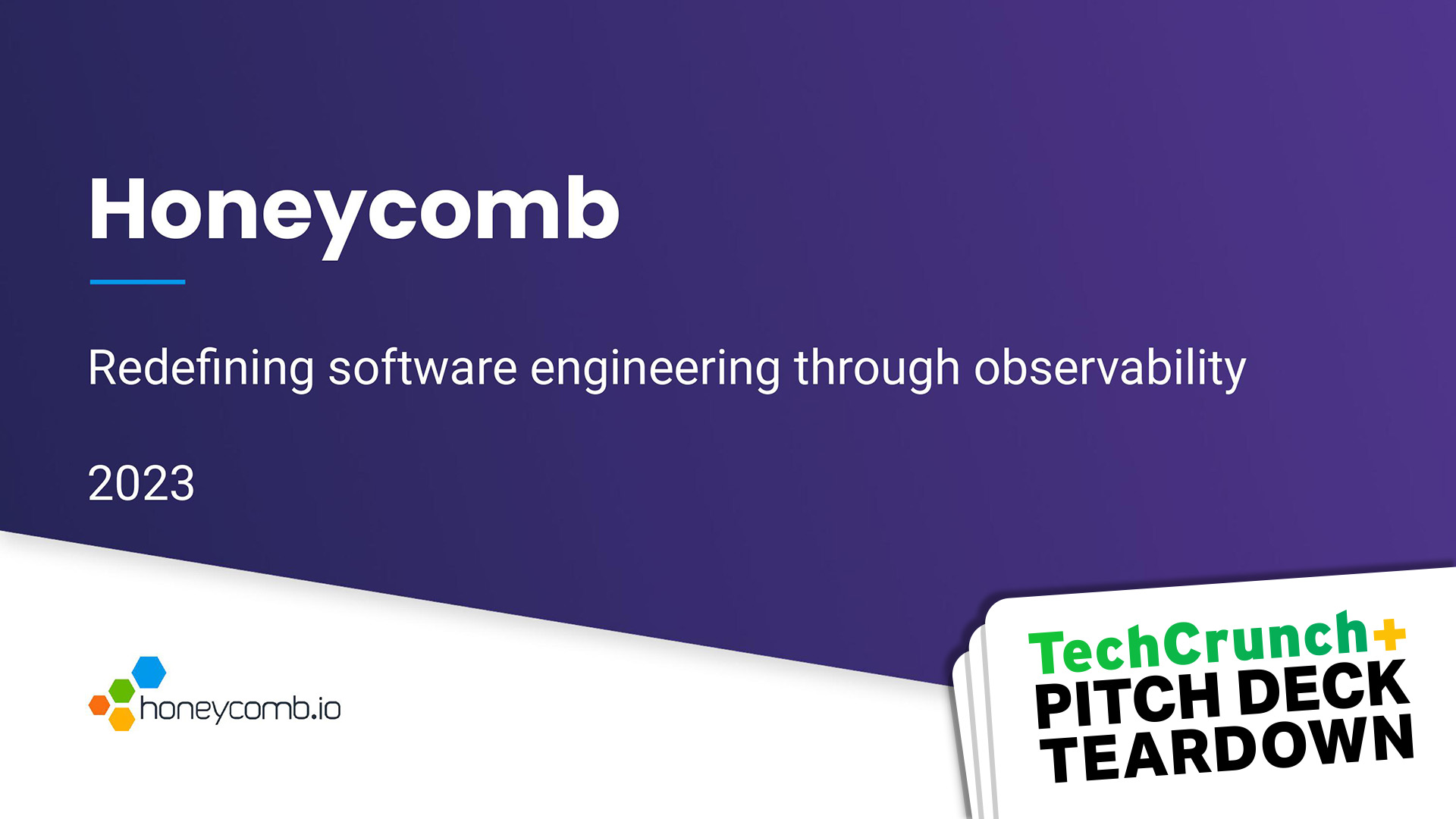To get a roundup of TechCrunch’s biggest and most important stories delivered to your inbox every day at 3 p.m. PDT, subscribe here.
Hey, TechCrunchers, happy Friday. I hope this is your favorite time of day because Haje and I really enjoy bringing you the news of the day written by the fabulous people we are honored to call colleagues. If you were at TechCrunch Early Stage in Boston, we trust you had a good time. Haje is coming back from there, so it’s just me again today. Let’s dig in. — Christine
The TechCrunch Top 3
- This is what happens when the blue check marks go away: Have we got some Twitter news for you today. Twitter seemingly now requires all advertisers to have a verified checkmark, Paul reports. You might recall from yesterday that Twitter removed the legacy blue check marks, and Taylor wrote about the chaos that reigned afterward. Another change that happened was that Twitter removed the “government-funded” news labels after NPR and others fought back, Amanda reports.
- The Bard has new skills: In response to user demand, Google’s Bard AI chatbot can now help software developers with programming, including the ability to generate and debug code. Kirsten has more.
- Put some energy into it: Helping European homeowners heat old homes in a more energy-efficient way has given startups a way to show off their skills. Investors were so attracted to what startup Enter was doing with home energy assessments that they injected €19.4 million of Series A capital into the company so it could expand in Germany and elsewhere, Mike reports.
Startups and VC
- Imitating the real data: Singapore-based Betterdata took in $1.55 million to take a different approach to traditional data sharing methods by using synthetic data to keep real data safe, Catherine reports.
- Driving toward something new: Autotech Ventures is venturing into new territory with a $230 million mobility fund that will add fintech and the circular economy to its investment strategy, writes Kirsten.
- Taking the plunge: Founders Pledge, a charitable initiative in London, launched a venture capital arm called Pledge Ventures in what Mike writes is to “create a new ‘flywheel’ in philanthropy.”
- Listen to this: Brian shares all the feels about first learning of headphone startup Nura, which he reports got acqui-hired by Masimo, the parent company of electrics company Denon.
Pitch Deck Teardown: Honeycomb’s $50M Series D deck

Image Credits: Honeycomb (opens in a new window)
Startups that raise Series D rounds might have hundreds of employees, tens of millions in ARR and other proof points that demonstrate they’ve reduced risk, but they still need pitch decks.
Honeycomb, which describes itself as a “debugger for live production systems,” shared its winning $50 million Series D pitch deck with TechCrunch:
- Cover slide
- Data summary snapshot slide
- Problem slide
- Solution slide
- Competitive landscape slide
- Product category overview slide
- Customer landscape slide part 1 (mostly redacted)
- Customer landscape slide part 2 (mostly redacted)
- Market positioning slide
- Value proposition slide
- History/product timeline slide
- Go-to-market interstitial slide
- GTM: Land-and-expand approach slide
- GTM: Gaming vertical slide
- Going Forward interstitial slide
- Team slide
- The Ask slide
- Closing slide
Two more from the TC+ team:
- Cloudy skies ahead: Even after the billions of dollars spent by companies to put their data in the cloud, they have to shell out even more when there is cloud downtime. That’s why Anna tells you everything you need to know about cloud outage insurance.
- Chip off the old block: Kyle ponders if there is a future in light-powered AI chips.
TechCrunch+ is our membership program that helps founders and startup teams get ahead of the pack. You can sign up here. Use code “DC” for a 15% discount on an annual subscription!
Big Tech Inc.
- Lyft layoffs: Ride-hailing company Lyft confirmed it is cutting its workforce by 1,200 as part of a restructuring effort meant to “better meet the needs of riders and drivers,” Kirsten reports. The layoffs will affect corporate employees, of which there are about 4,000, because Lyft doesn’t employ its drivers.
- We learn something new every day: The Linux Foundation launched a new organization to maintain TLA+, Kyle writes. If you’re doing one of those “learn one new term a day,” here’s your education for the day: TLA+ is a formal “spec” language, developed by computer scientist and mathematician Leslie Lamport, for designing, modeling, documenting and verifying software programs.
- Strike that: Sarah reports that in an effort to find a faster resolution to its antitrust legal battle with Fortnite maker Epic Games, Match Group and state attorneys general, Google is asking the court to dismiss multiple claims, five to be exact, that “would seemingly be pivotal to the plaintiffs’ ability to prove anticompetitive behavior.”
- Four corners of the globe, literally: The Internal Revenue Service is sending four investigators across the world to fight cybercrime, Lorenzo reports. Before you go, “Just four?” I’ll throw in there that the IRS previously only had one.
- Denied: Meta was trying to have its content moderator case dismissed in Kenya, but now has to muddle through it. A court ruled that Meta can be sued over alleged unlawful sacking and blacklisting of moderators. Annie has more.
Daily Crunch: Starting today, Twitter says all advertisers must obtain verified accounts by Christine Hall originally published on TechCrunch
from TechCrunch https://ift.tt/abJihGt
via IFTTT
Comments
Post a Comment